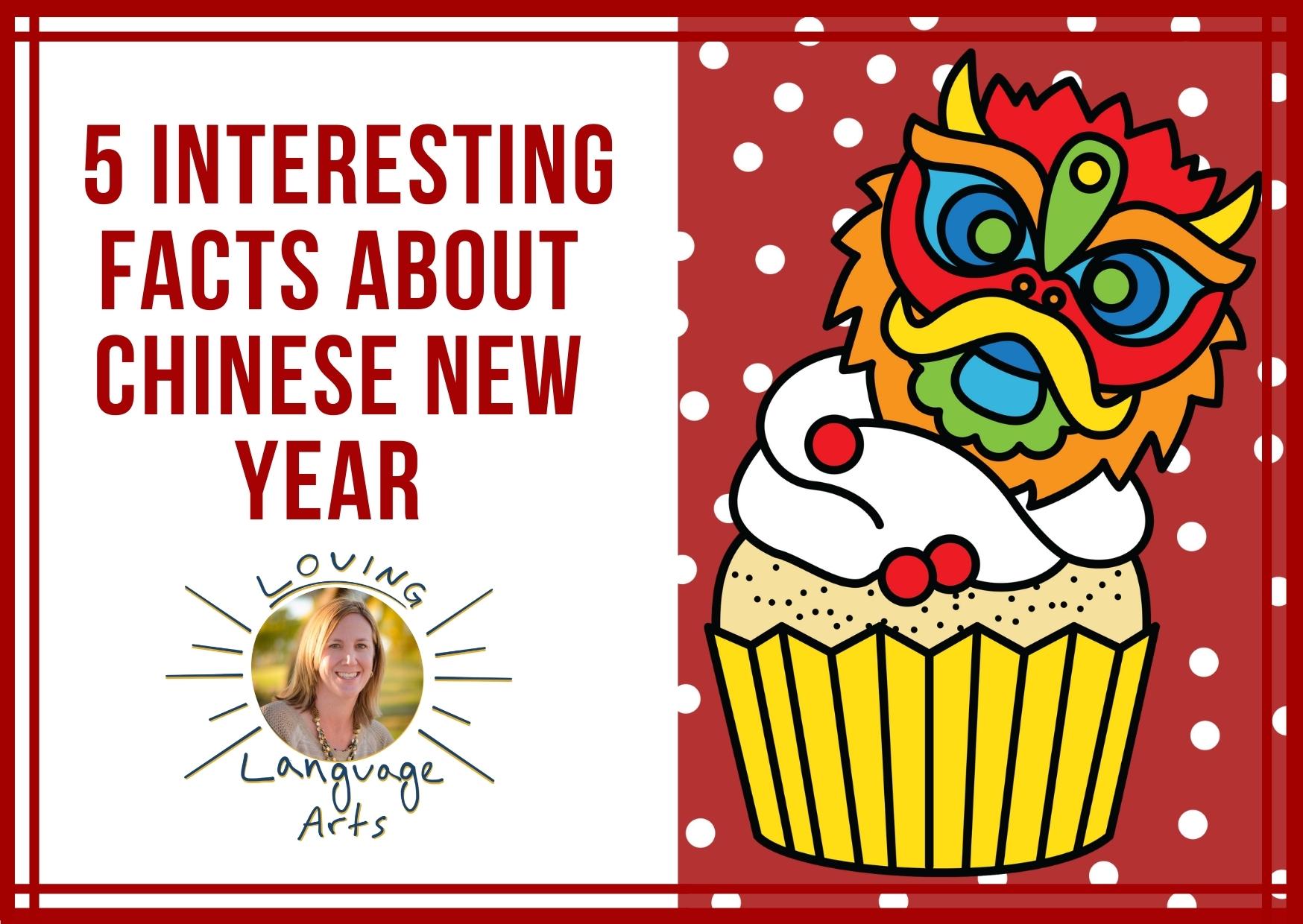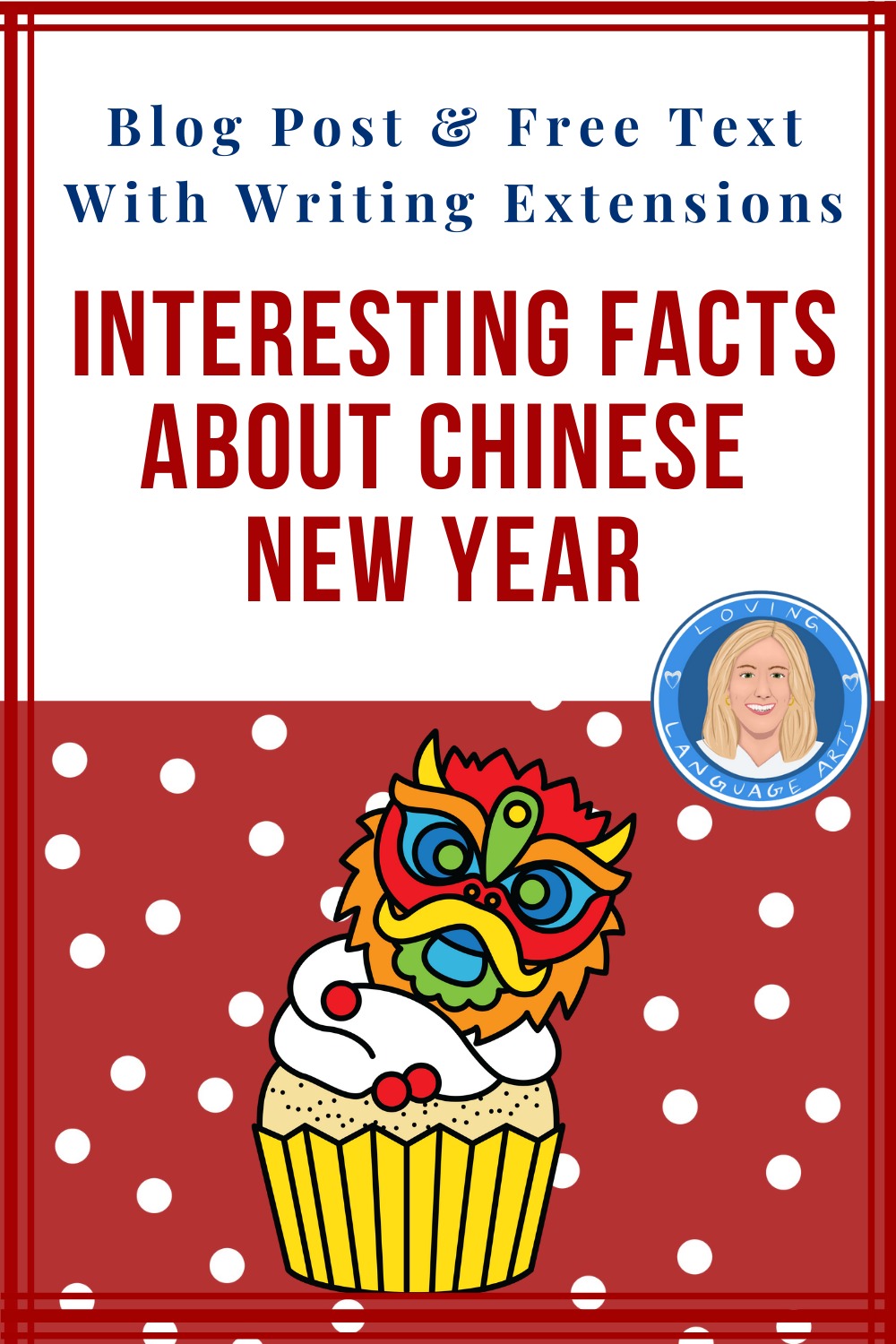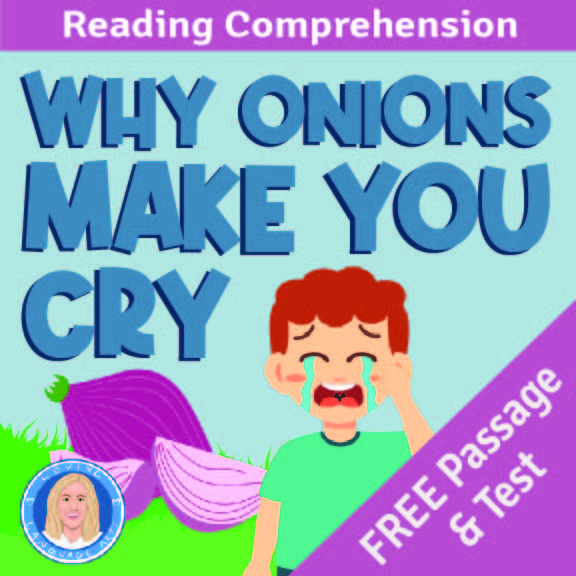Interesting Facts About Chinese New Year
Chinese New Year is not just your average celebration. Also known as Spring Festival or Lunar New Year, it is the grandest festival in China, and it lasts for days. The festival is dominated by iconic red lanterns, loud fireworks, massive banquets, colorful parades, myth-telling, and adherence to customs that have been passed on from one generation to the next for thousands of years. And it’s not just limited to China; the festival triggers exuberant celebrations across the globe in regions with significant Chinese populations and ancestry. Read on for 5 interesting facts about Chinese New Year and get your free 1-page text for your students.

1) It starts January 29th this year: Chinese New Year dates vary slightly every year. The Chinese New Year of 2025 falls on January 29th, and the festival will last until February 12th. As an official public holiday, Chinese people can get seven days’ absence from work, from January 28th to February 3rd this year.
2) A Transition from One Animal of the Zodiac to the Next: The Spring Festival marks the transition from one animal of the zodiac to the next. The lunar calendar is associated with 12 animal signs in the Chinese zodiac, or Sheng Xiao (生肖), a repeating 12-year cycle. Your birth year determines your Chinese zodiac sign. Each animal is associated with certain attributes related to its personality, fortune, and compatibility with others. 2025 is the year of the Snake.
3) Sweep Away Your Bad Luck: It is traditional for families to thoroughly clean their houses, in order to “sweep away” any ill-fortune and to make way for incoming good luck. Then, they decorate their windows and doors with red paper-cuts and couplets whose themes include that of good fortune, happiness, wealth, and longevity.
4) Red Envelopes are the Best: Other activities include giving money in red paper envelopes. They can be given from grandparents or parents to children, or between special friends and family.
A red packet (hongbao in Mandarin) is a gift of money inside an ornate red pocket of paper that may be decorated with calligraphy and symbols. They are given as a way to send good wishes. Wrapping the money in red envelopes is meant to bestow blessings for the coming year.
The color red symbolizes energy, happiness, and good luck in Chinese cultures.
5) Family and Dumplings: Lunar New Year’s Eve is frequently regarded as an occasion for Chinese families to gather for an annual reunion dinner. Dumplings are a key feature in this Chinese meal. Spring rolls, noodles, plus steamed meats, fish, and vegetables are customary dishes as well. And to top it all off, the Chinese enjoy nian gao, a New Year’s rice cake. Plus, while the family is all there, it is customary to light firecrackers.
But wait, there’s more! Here’s a FREE 1-page high-interest informational text you can use in your classroom today.
YOU MIGHT ALSO LIKE:
WebQuest Practice Tests! This one “The History of Schools” is FREE, so try it today in ELA.
The first two WebQuest Practice Tests are FREE. Then, there are over 10 you can buy in a bundle or separately which get students reading, writing, and answering ELA practice test questions in a self-grading online test that incorporates multiple cross-curricular authentic sources.


Click below for FREE ELA PRACTICE TESTS – each targeting specific reading, writing, language, and speaking/listening/viewing standards.
Check out these GRADE-SPECIFIC test prep books with practice tests that target EVERY GRADE-SPECIFIC READING INFORMATIONAL TEXT STANDARD, one by one. An added bonus is that students LOVE the texts! In Easy-Print or Self-Grading Online Versions.
The 6th Grade Practice Tests Test Prep Workbook “is a high quality, beautifully-aligned resource. It is no-frills, to the point, yet high-interest for students. It is helping us prepare for standardized testing in a hybrid, synchronous, difficult year.”
How about save this pin to your “Literacy in History/Social Studies in ELA” or “Diversity in ELA” or “Seasonal Resources” Board so that you can come back to this post again?
































































Trackbacks/Pingbacks